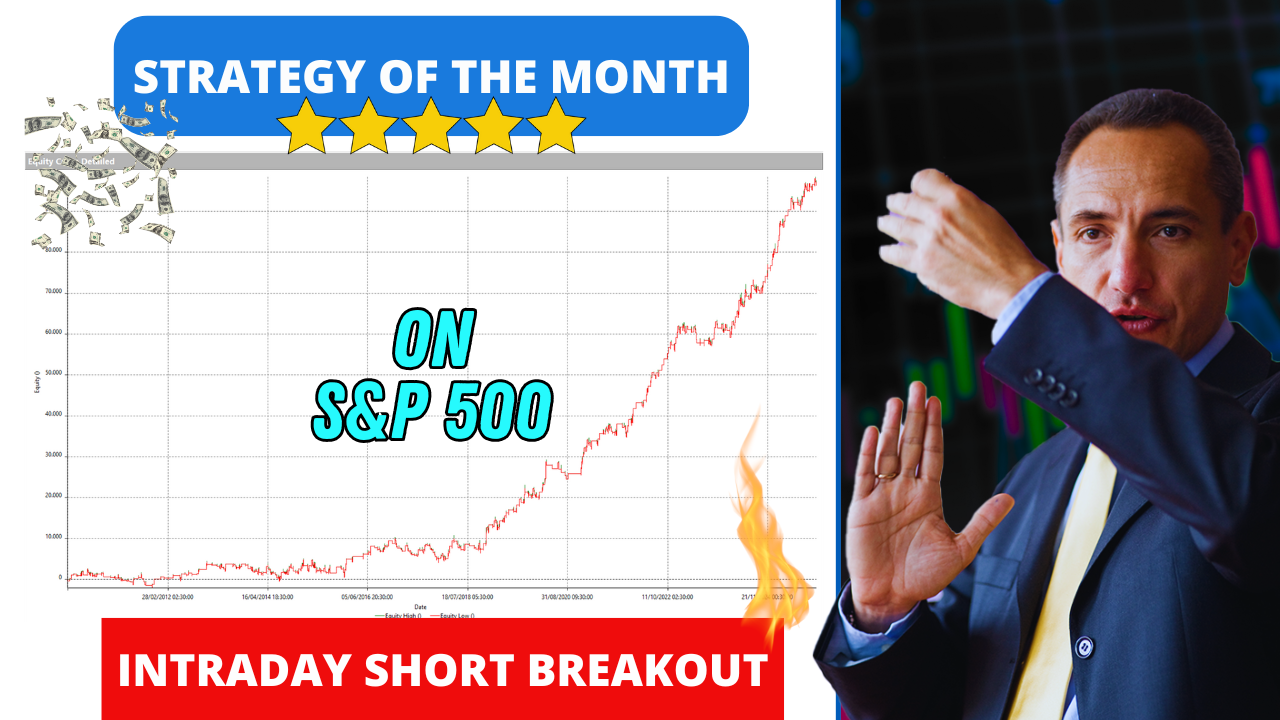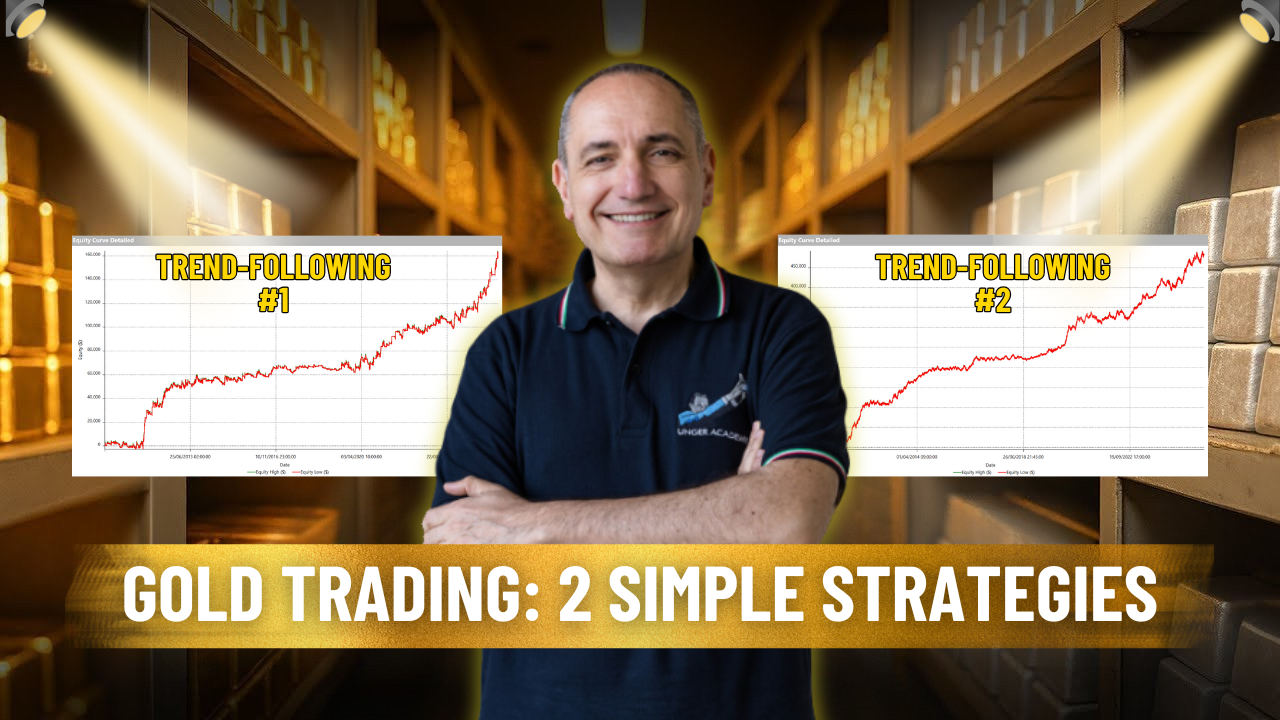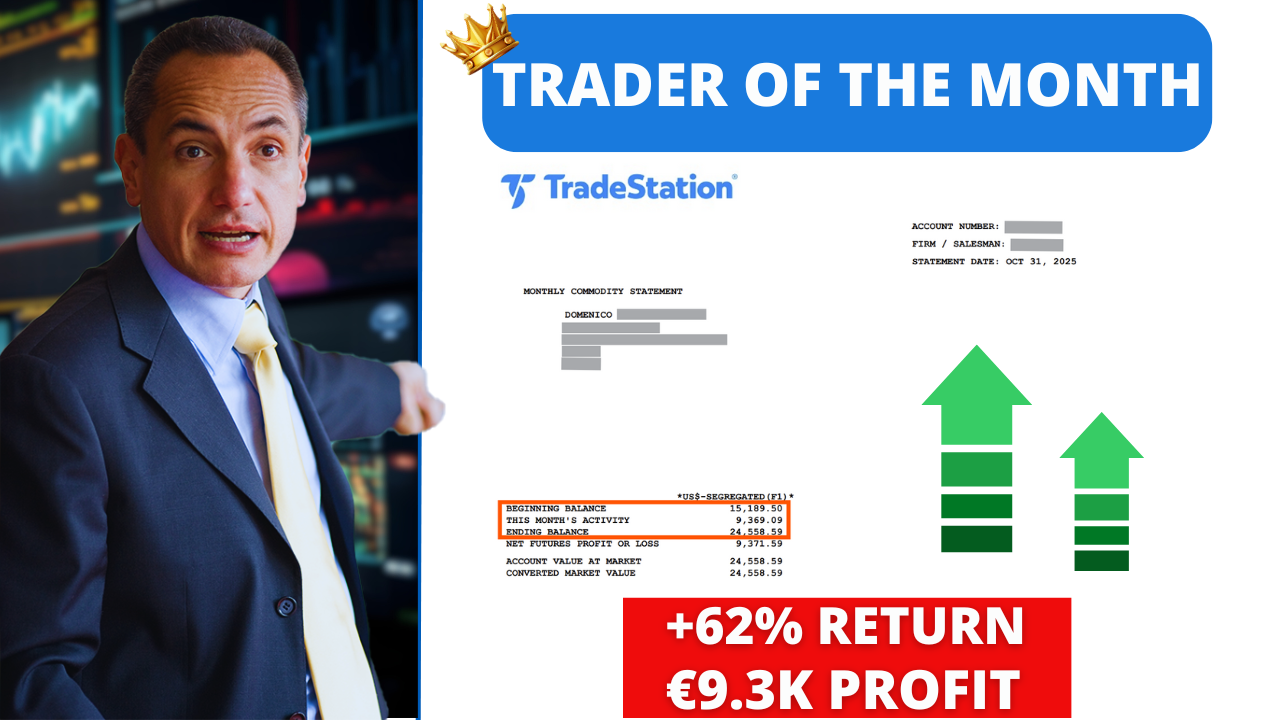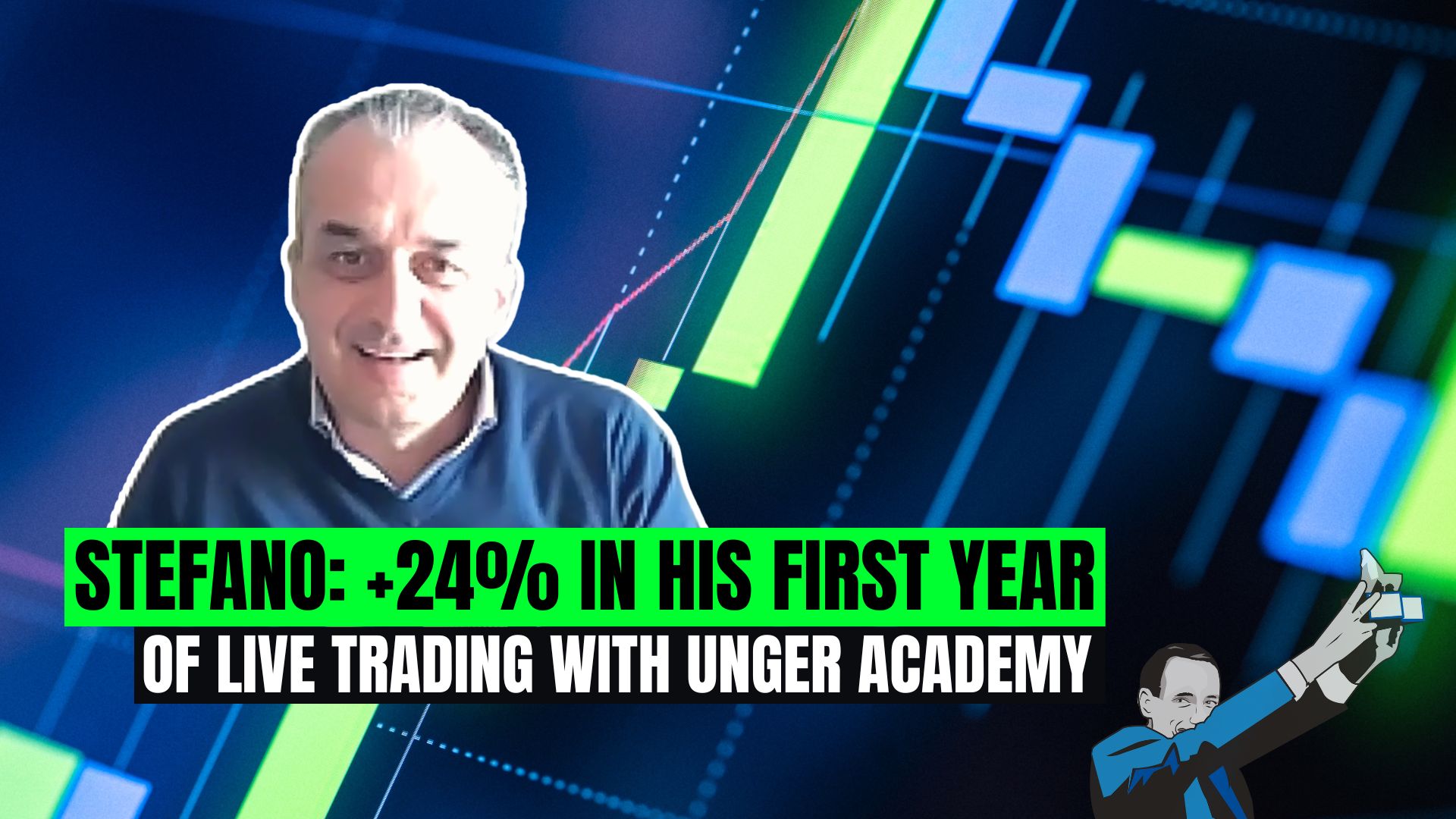Need More Help? Book Your FREE Strategy Session With Our Team Today!
We’ll help you map out a plan to fix the problems in your trading and get you to the next level. Answer a few questions on our application and then choose a time that works for you.
Welcome back to our regular deep dive into the trading strategies currently active in our portfolio.
Today, we’re focusing on two multi-day trend-following strategies applied to the DAX futures contract—one of the most widely followed European stock indices among traders.
Both strategies have delivered outstanding performances recently, particularly since early 2025, thanks in part to the return of market volatility.
Let’s take a closer look at the core logic behind these strategies and their recent performance. Enjoy the read!
Strategy #1: Trend-Following Multi-Day with Price Channel
The first strategy is based on a classic breakout indicator: the Price Channel. This system operates on a 15-minute timeframe and generates entry signals when prices break above the highest high or below the lowest low of the last 20 bars.
Once a trade is executed, the position remains open until either the stop loss is triggered or the price closes outside the channel in the opposite direction of the trade.
In 2024, this strategy generated a profit of €63,000. The momentum has carried into 2025, with the first two months already yielding approximately €34,000 in gains.
The equity curve has shown consistent performance over the past few months, with an ongoing upward trend that started in April 2024 and continues strong into early 2025.
Figure 1 – Profit curve of the first multiday trend-following strategy on the DAX since April 2024.
Figure 2 – Annual performance results of the first multiday trend-following strategy on the DAX futures.
Strategy #2: Multi-Day Trend Following with Entries at Session Highs and Lows
The second strategy is a multiday trend-following system that bases its entries on the current session’s highs and lows. This system operates on a 30-minute timeframe and identifies entry points when the price breaks above the day’s high or below its low. The core idea behind this approach is that, in strong trending conditions, intraday breakouts can lead to significant directional moves.
Once a trade is entered, it’s managed with a time-based exit, staying open for a maximum of three days. To improve entry quality, we use a filter that prevents trades within the first two hours of the session—this helps avoid false breakouts caused by overnight order absorption.
While this strategy didn’t deliver standout results in 2024, the first few months of 2025 have been exceptional. In just nine trades, it has generated an impressive profit of €73,000.
Figure 3 – Profit curve of the second multiday trend-following strategy on the DAX since April 2024.
Figure 4 – Annual performance results of the second multiday trend-following strategy on the DAX futures.
Final Thoughts on Two Trend-Following Strategies for the DAX Future
The DAX is a high-value market, and the performance figures discussed in this article are possible because a single contract represents an exposure of over half a million euros (€562,500, calculated as 25 * 22,500).
However, for traders who want to limit their capital exposure, more accessible alternatives are available, such as the Mini DAX (which reduces exposure by 1/5) and the Micro DAX (which cuts exposure to 1/25). These options allow traders to implement similar strategies while managing risk more effectively.
Looking at the results, both strategies have started 2025 with strong momentum. The first strategy, based on the Price Channel, has shown consistent growth, generating €34,000 in profits in less than two months—confirming its long-term effectiveness. Meanwhile, the second strategy, which underperformed in 2024, has made a spectacular recovery in 2025, earning €73,000 in just nine trades. This performance highlights the power of breakout strategies when capitalizing on session highs and lows.
Of course, when evaluating these kinds of results, it’s essential to consider market volatility, risk management, and proper money management. These factors play a critical role in determining the success of any trading strategy and, more broadly, a systematic trader’s overall performance. While strategies like these can deliver excellent returns, they should be part of a well-balanced portfolio and tested over a suitable time frame.
If your goal is to develop robust, thoroughly tested, and long-term efficient trading strategies, we encourage you to explore our methodology and book a free call with one of our experts!
See you in our next analysis, and happy trading everyone!
Transcription
Need More Help? Book Your FREE Strategy Session With Our Team Today!
We’ll help you map out a plan to fix the problems in your trading and get you to the next level. Answer a few questions on our application and then choose a time that works for you.

-1740297140.png)
-1740297140.png)
-1740297139.png)
-1740297139.png)






